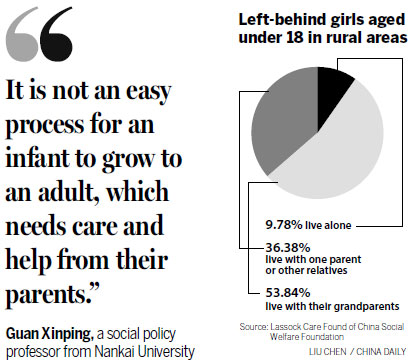### Understanding What is Loan to Deposit Ratio: A Comprehensive Guide
Guide or Summary:Importance of Loan to Deposit RatioHow to Calculate Loan to Deposit RatioIdeal Loan to Deposit RatioFactors Affecting Loan to Deposit Ratio……
Guide or Summary:
- Importance of Loan to Deposit Ratio
- How to Calculate Loan to Deposit Ratio
- Ideal Loan to Deposit Ratio
- Factors Affecting Loan to Deposit Ratio
**What is Loan to Deposit Ratio?**
The loan to deposit ratio (LDR) is a key financial metric used by banks and financial institutions to assess their liquidity and overall financial health. It measures the proportion of a bank's loans to its deposits, indicating how much of the deposits are being utilized for lending purposes. A higher ratio may suggest that a bank is more aggressive in its lending practices, while a lower ratio may indicate a more conservative approach.
Importance of Loan to Deposit Ratio
The loan to deposit ratio is crucial for several reasons. Firstly, it helps banks ensure they have enough liquidity to meet withdrawal demands from depositors. If a bank has too high of a ratio, it may struggle to provide cash to customers who want to withdraw their funds. Conversely, a very low ratio may indicate that a bank is not effectively utilizing its deposits to generate income through loans.

How to Calculate Loan to Deposit Ratio
Calculating the loan to deposit ratio is straightforward. The formula is:
\[ \text{Loan to Deposit Ratio} = \frac{\text{Total Loans}}{\text{Total Deposits}} \]
For instance, if a bank has $1 million in loans and $1.5 million in deposits, the loan to deposit ratio would be:

\[ \frac{1,000,000}{1,500,000} = 0.67 \text{ or } 67\% \]
This means that 67% of the bank's deposits are being used for loans, while the remaining 33% is held in reserve or for other purposes.
Ideal Loan to Deposit Ratio
There is no one-size-fits-all answer to what constitutes an ideal loan to deposit ratio, as it can vary by institution and market conditions. However, a common benchmark is between 80% and 90%. Ratios above 100% can indicate that a bank is lending more than it has in deposits, which can be risky. On the other hand, a ratio significantly below 80% may suggest that the bank is not making the most of its deposit base.

Factors Affecting Loan to Deposit Ratio
Several factors can influence a bank's loan to deposit ratio. Economic conditions play a significant role; during economic downturns, banks may tighten lending standards, leading to a lower ratio. Conversely, in a booming economy, banks may increase lending, raising the ratio. Additionally, regulatory requirements and the competitive landscape can also affect how banks manage their loans and deposits.
In summary, understanding **what is loan to deposit ratio** is essential for anyone interested in banking and finance. It provides insight into a bank's lending practices, liquidity, and overall financial stability. By keeping an eye on this ratio, both consumers and investors can make informed decisions about where to deposit their money or which banks to consider for loans. Whether you are a banking professional or a curious consumer, grasping the concept of loan to deposit ratio is vital for navigating the financial landscape.